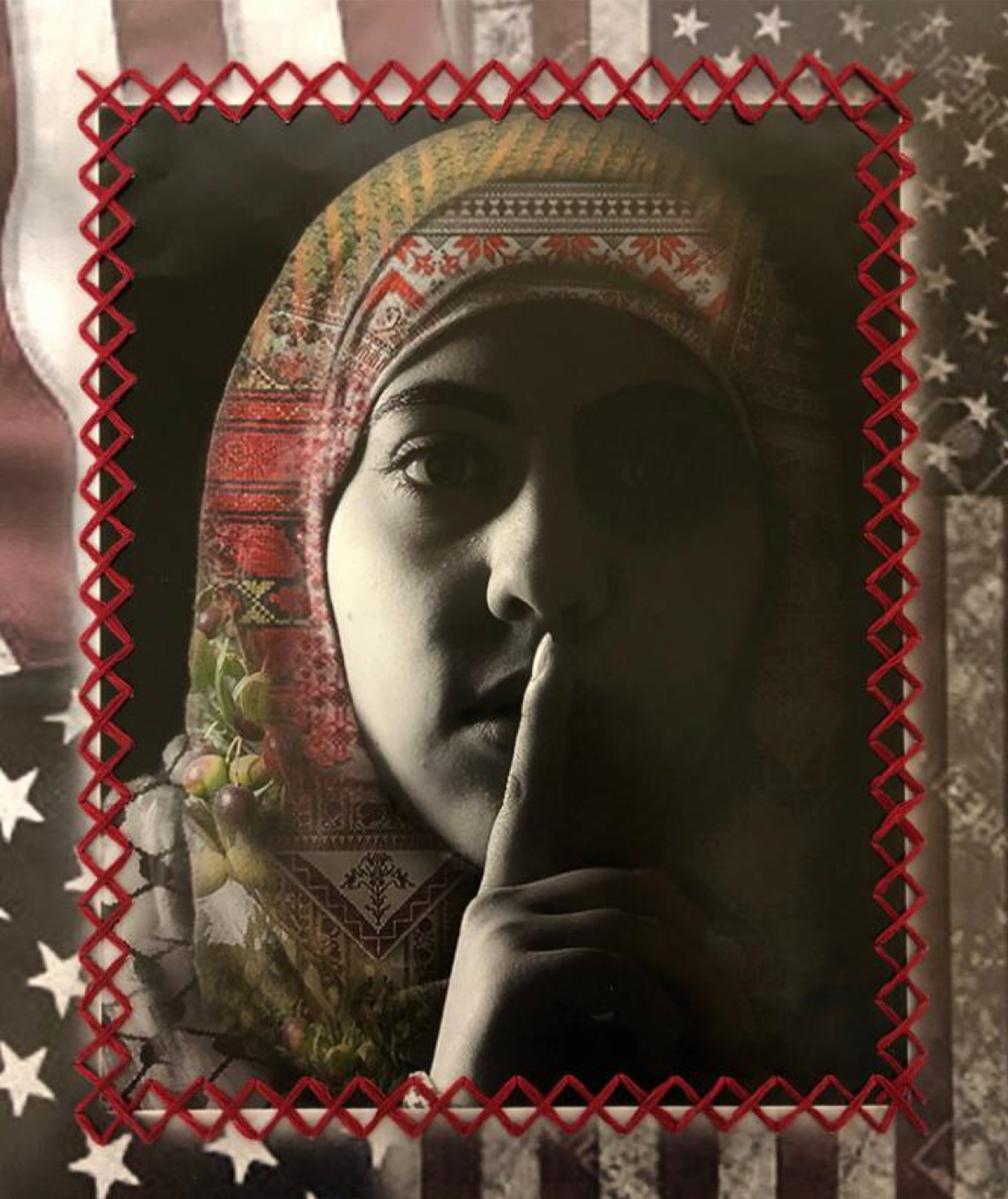AP Art of the Week
Spotlight on Artist Malak Salem
Welcome to The Elective’s digital art museum, dedicated to the incredible work of AP Arts students. This week we feature a mixed-media work made by Malak Salem from Reavis High Shool in Burbank, IL.
Welcome to The Elective’s digital art museum, dedicated to the incredible work of AP Arts students. Each week we highlight a work or series created in one of the AP Arts concentrations—AP 2-D Art and Design, 3-D Art and Design, and AP Drawing (the AP Program also offers Art History and Music Theory)—as well as a statement from the artist (and, occasionally, their teacher).
From the first cave paintings to contemporary breakthroughs in virtually reality, art, in all its forms, has been a crucial way for people to process, make sense of, comment on, and grapple with the world around them. In 2020, there is a lot to process and grapple with—and AP Art students have risen to the challenge. The work many of them submitted in their final portfolios is explicitly of the moment, from commentary on the covid-19 pandemic to the celebration of people of color to the nature of heroism in perilous times.
The work is often challenging and provocative but always insightful, inspiring, and expansive.
This week we feature a mixed-media work made by Malak Salem from Reavis High Shool in Burbank, IL.

Here’s Malak’s statement on the work:
"I was born in America to Palestinian parents. Growing up, I’ve navigated conflicting expectations. My portraits are black & white showing a neutral space between cultures. To further explore textiles, I learned traditional Palestinian stitching from my grandmother. For this piece, the stitches connect the U.S. flag to a portrait covered in Palestinian textiles.

My art explores how textiles show my experience of Palestinian and American cultures. I begin by defying Palestinian rules by smoking and riding a bike wearing a Thobe. Despite rebelling, I realize that I identify strongly with the Hattah, an important Palestinian textile, which I added to self-portraits and, in another work, is the foundation behind an olive branch. I noticed the Hattah also looks like a fence. In another work, I think of it as a source of support but also a barrier, especially being Palestinian in America. For one piece, the Hattah is made from twisted paper but camouflaged, meaning that despite living in America, my roots are Palestinian."
Here are a few more pieces from Malak’s portfolio:

A portrait on a map placed directly between my two countries. A single red stitch connects them as it crosses over me to show my cultural experience in both.

Mom and I torn apart and stitched together, showing simultaneous divide and deep cultural connection.

Palestine inspired collage. Hattah print is both a link to heritage and barrier in the USA. The black and white oil portrait shows neutral cultural identity.
Student statements are lightly edited for clarity.


